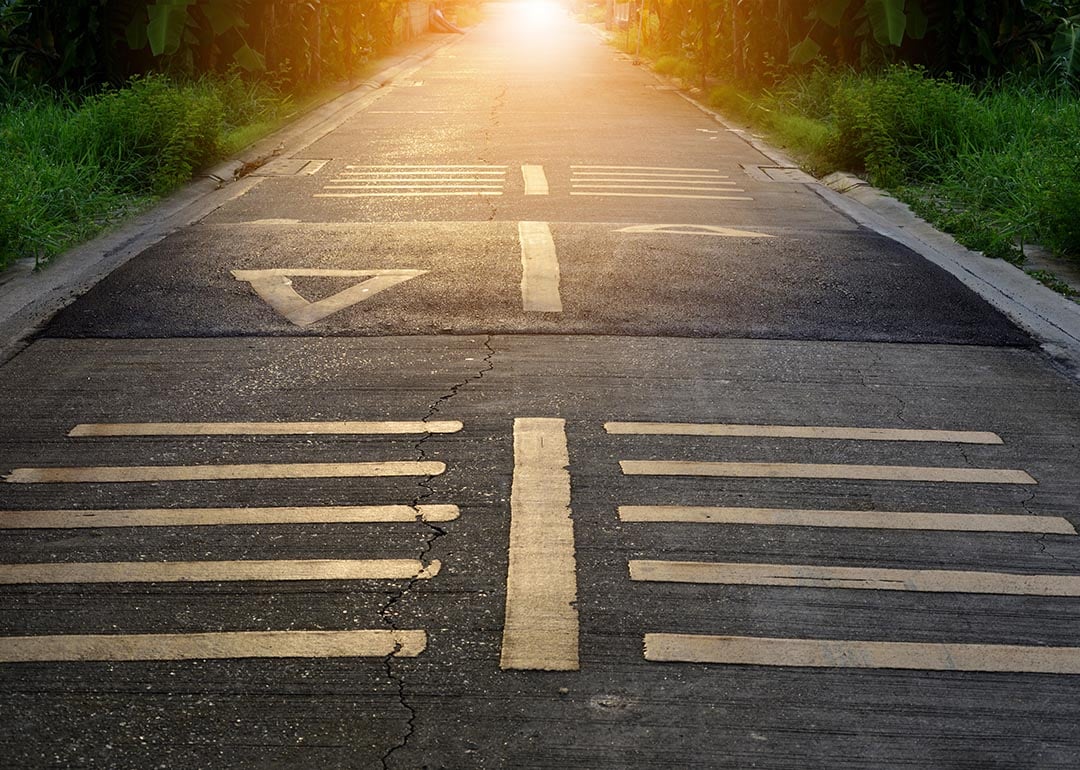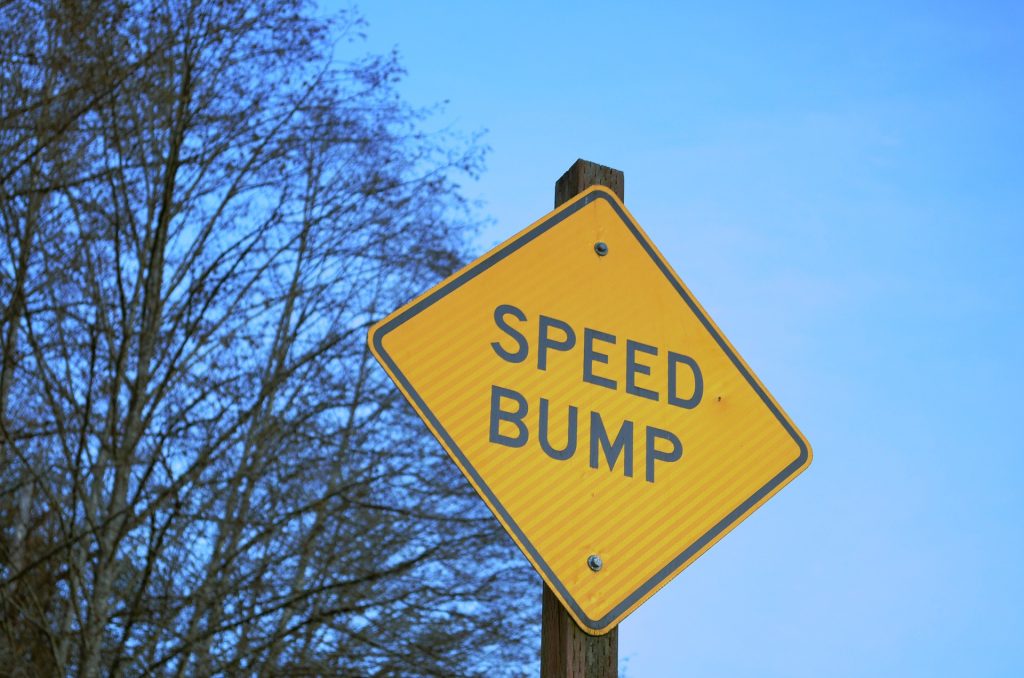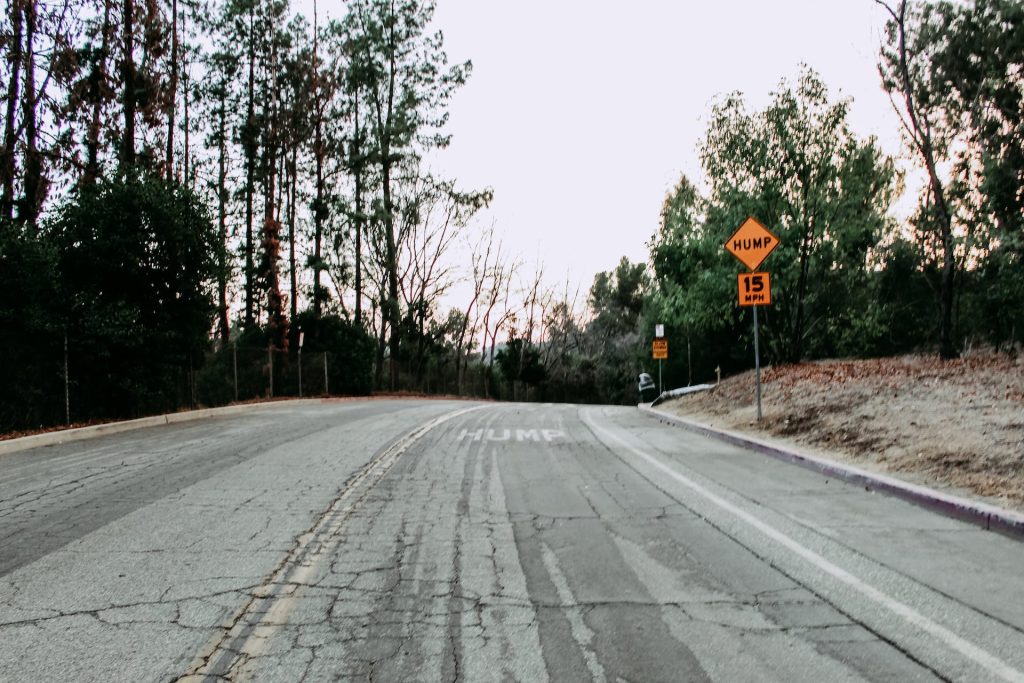For decades, speed bumps have been a go-to solution for calming traffic and improving pedestrian safety. However, recent research and growing community concerns are challenging this long-held assumption. This article delves into the effectiveness of speed bumps and explores alternative solutions for creating safer, more sustainable streets. Cheap Insurance examines the unintended consequences of speed bumps, analyzes the evidence for their effectiveness, and explores promising new approaches to traffic calming.

Key Takeaways:
- Speed bumps have limited effectiveness: They only modestly reduce average speeds and their impact is localized.
- Unintended consequences exist: Speed bumps can pose safety risks, increase noise pollution, and impact traffic flow.
- Alternatives offer promise: Street design strategies, traffic management systems, and community engagement can be more effective.
- Investment in comprehensive programs is crucial: Combining diverse solutions offers the best chance for success.
- The future is data-driven and connected: Smart technologies and data analytics will play a key role in traffic calming.

Do Speed Bumps Actually Slow Traffic?
Examining the effectiveness of speed bumps in reducing average speed.
While speed bumps are widely used to slow traffic, their effectiveness is often overstated. Federal Highway Administration Study shows that they may only reduce average vehicle speeds by up to 10 mph, and only within a limited area around the bump itself. This decrease in speed may not be significant enough to reduce the risk of crashes or improve pedestrian safety.
Differentiating between different types of physical calming devices and their impact.
There are different types of physical traffic calming devices, such as speed humps, raised crosswalks, and traffic circles. Each type has its own impact on traffic speed and safety. For example, speed humps may be more effective than speed bumps in reducing speed, but they can also create noise and discomfort for drivers.
Analyzing data from studies and real-world implementations.
A comprehensive review of studies on the effectiveness of physical traffic calming devices found that they have a “modest” impact on reducing average speeds. However, the review also noted that the effectiveness of these devices can vary depending on the specific context and implementation.

Are There Unintended Consequences of Speed Bumps?
Exploring potential safety concerns for drivers, cyclists, and pedestrians.
Speed bumps can pose safety risks for certain groups, particularly cyclists and motorcyclists who may be more likely to lose control when crossing them. Additionally, emergency response times may be delayed due to the need to slow down at speed bumps.
Examining the impact on traffic flow and emergency response times.
While speed bumps may slow down traffic, they can also lead to congestion and increased travel times. This can be particularly problematic on busy streets or during emergency situations. Additionally, emergency response times may be delayed due to the need to slow down at speed bumps.
Assessing noise pollution and environmental effects.
The constant jolting of vehicles over speed bumps can create noise pollution, particularly at night. Additionally, the constant wear and tear on vehicles can lead to increased emissions and environmental damage.
What are the Alternatives to Speed Bumps?
Exploring innovative traffic calming solutions beyond physical barriers.
There are a number of innovative traffic calming solutions that can be used in place of, or in conjunction with, physical barriers. These include:
- Street design strategies: This could include narrowing lanes, adding curb extensions, or installing roundabouts.
- Traffic management systems: This could include using speed cameras or variable speed limits.
- Community engagement and education: This could involve working with residents to develop solutions and raise awareness of speeding issues.
Analyzing the effectiveness of street design strategies and traffic management systems.
Several studies have shown that street design strategies and traffic management systems can be effective in reducing traffic speeds and improving safety. For example, one study found that roundabouts can reduce crashes compared to traditional intersections.
Discussing the role of community engagement and education.
Community engagement and education can play a crucial role in reducing speeding. By working with residents to develop solutions and raise awareness of speeding issues, communities can create a safer environment for everyone.
Are Speed Bumps a Waste of Money?
Evaluating the cost-effectiveness of speed bumps compared to other options.
While speed bumps are relatively inexpensive to install, they may not be the most cost-effective option in the long run. Other traffic calming measures, such as street design strategies, may be more effective in reducing speed and improving safety over time.
Considering the long-term benefits and potential cost savings.
While the initial cost of installing speed bumps may be low, the long-term costs of maintenance and repair can be significant. Additionally, the cost of crashes, both in terms of property damage and injuries, can be substantial. By reducing crashes, traffic calming measures can help to save money in the long run.
Discussing the importance of investing in comprehensive traffic calming programs.
A comprehensive traffic calming program that includes a variety of measures is likely to be more effective than relying solely on speed bumps. Such programs can help to create safer streets for everyone and reduce the overall cost of traffic crashes.
What is the Future of Traffic Calming?
Emerging technologies and innovative approaches to speed reduction.
New technologies are emerging that could revolutionize traffic calming. These include:
- Smart traffic lights: These lights can adjust traffic flow in real-time to improve safety and reduce congestion.
- Connected vehicles: These vehicles can communicate with each other and with infrastructure to avoid collisions and improve traffic flow.
- Automated enforcement: This could involve using cameras to enforce speed limits and other traffic laws.
The role of data analytics and smart city initiatives.
Data analytics can play a vital role in the future of traffic calming. By collecting and analyzing data on traffic patterns and crashes, cities can develop more targeted and effective traffic calming strategies. Additionally, smart city initiatives, such as connected infrastructure and autonomous vehicles, can help to further improve traffic safety and reduce the need for physical calming devices.
Building sustainable and equitable transportation systems for all.
The ultimate goal of traffic calming is to create sustainable and equitable transportation systems that are safe for everyone. This means investing in infrastructure that supports walking, cycling, and public transit, as well as reducing car dependence. Additionally, it means ensuring that traffic calming measures are implemented in a way that does not disproportionately impact certain communities.
What Can You Do As An Individual?
Promoting responsible driving behavior and adhering to speed limits.
One of the most important things we can do as individuals is to promote responsible driving behavior and adhere to speed limits. This includes driving at a safe speed for the conditions, being aware of your surroundings, and avoiding distractions.
Supporting safer community initiatives and advocating for alternative transportation options.
We can also support safer community initiatives and advocate for alternative transportation options. This could include speaking out in favor of traffic calming measures, volunteering with organizations that promote safe streets, and choosing to walk, bike, or take public transit whenever possible.
Contribute to a culture of shared responsibility for road safety.
Ultimately, creating safer streets requires a shared responsibility among all members of the community. By working together, we can create a safer and more sustainable transportation system for everyone.
Does Your Car Insurance Policy Cover Damage Sustained from Driving Over a Speed Bump?
While car insurance generally covers damage caused by collisions with objects, potholes, and other road hazards, the answer to whether it covers damage from driving over a speed bump is not as clear-cut. It depends on several factors, including:
The extent of the damage: Minor scrapes and scratches caused by a speed bump are unlikely to be covered by your car insurance policy, as they fall under the category of “wear and tear.” However, significant damage like broken suspension components or a cracked oil pan may be covered, depending on your specific auto insurance policy.
The type of coverage you have: Comprehensive coverage typically covers damage caused by road hazards, including speed bumps. Collision coverage, on the other hand, only covers damage from collisions with other vehicles or objects.
The cause of the damage: If you hit the speed bump due to reckless driving or exceeding the speed limit, your insurance may deny your claim, even if you have comprehensive coverage.
Your deductible: You’ll still need to pay your deductible before your insurance company pays a claim, regardless of the cause of the damage.
Local regulations: Some states have laws that specifically address liability for damage caused by speed bumps. These laws may affect whether your insurance company covers the damage.
Take these steps to determine if your insurance will cover damage from driving over a speed bump:
- Review your insurance policy: Carefully read your policy documents to understand the specific terms and conditions of your coverage, including what is and is not covered.
- Contact your insurance company: Speak directly with your insurance agent or a representative from your insurance company to discuss your specific situation and get a definitive answer about your coverage.
- Gather evidence: If you do have damage, document it with photos and videos. You should also record the location of the speed bump and any other relevant details.
- File a claim: File a claim as soon as possible, to allow your insurance company to determine that the damage is covered.
It’s important to note that car insurance policies vary widely, so the best way to determine your coverage is to review your insurance documents, and contact your insurance company directly.


